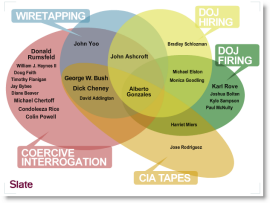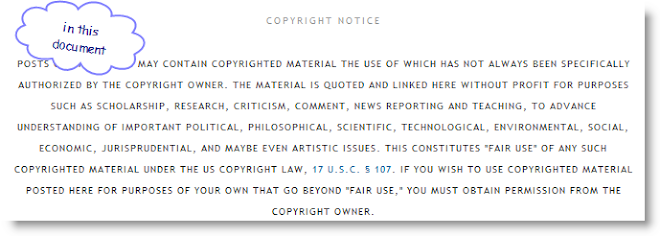After sending his January 9, 2006, e-mail to Miers, Sampson did not receive an immediate response to his proposal, and no action was taken on his overall proposal for several months. Nevertheless, shortly after Sampson’s January 9 proposal, action was taken to seek the resignation of Todd Graves, the U.S. Attorney for the Western District of Missouri.
On January 19, 2006, Sampson sent an e-mail to EOUSA Director Battle asking him to call when he had a few minutes to discuss Graves. Several days later (apparently before Battle spoke to Sampson), Goodling called Battle and told him to call Graves to request his resignation. Goodling instructed Battle to tell Graves only that the Administration had decided to make a change, that his service was appreciated, and that the request was not based on any misconduct by Graves but simply to give someone else a chance to serve.
Shortly thereafter, on January 24, 2006, Battle called Graves and communicated the message as instructed by Goodling. Graves said he was “stunned” and “shocked” by the call, and said Battle would not explain why his resignation was sought. Graves subsequently complied with the instruction and on March 10, 2006, announced his resignation, effective March 24.
Although Graves was not originally identified in the 2007 congressional hearings as one of the U.S. Attorneys who was asked to resign in 2006 as a result of the “process” initiated by Sampson, we considered him part of that group. He was targeted for removal on Sampson’s January 9, 2006, list, and the script Battle followed in seeking Graves’s resignation was identical to the one he followed in conversations with the other eight U.S. Attorneys who were later told to resign.
However, as we discuss in greater detail in Chapter Four of this report, no Department employee involved in the process could explain why Graves was told to resign. Battle, who placed the call at Goodling’s direction, said he was not given the reasons. Goodling, who directed Battle to call Graves, stated in her congressional testimony that she would have done so only on instruction from Sampson. Sampson told congressional investigators that he had no recollection of the matter, believed that Goodling had handled it, and assumed that it was based on a finding of misconduct by Margolis. Margolis told us that there was no misconduct finding against Graves and expressly denied playing any role in Graves’s removal. Gonzales told us that he had no recollection about being consulted about Graves’s removal.
We also found no documentation within the Department describing the reasons that Graves was told to resign. However, we found that the White House Counsel’s Office played a role in his resignation. Although Sampson told congressional investigators that he had no recollection as to why he placed Graves’s name on the January 9 removal list and disclaimed any involvement in the January 24 resignation request to Graves, Sampson acknowledged to us that he discussed with the White House Counsel’s Office that the staff of Missouri’s Republican Senator Christopher Bond was urging the White House Counsel’s Office to remove Graves. [emphasis mine] We describe this issue, and the White House’s role in the removal of Graves, in more detail in Chapter Four.
. . .. ... .. . .






No comments:
Post a Comment